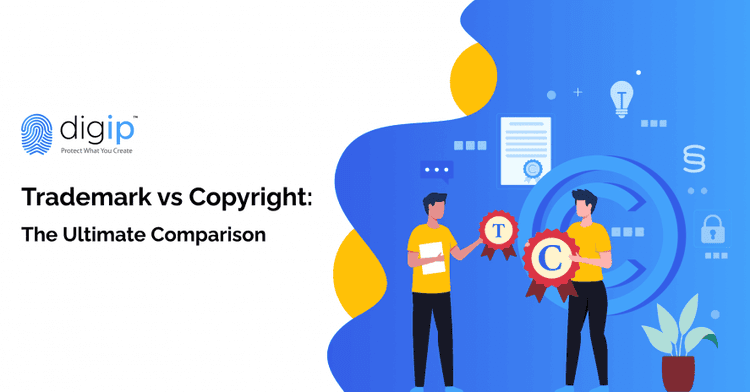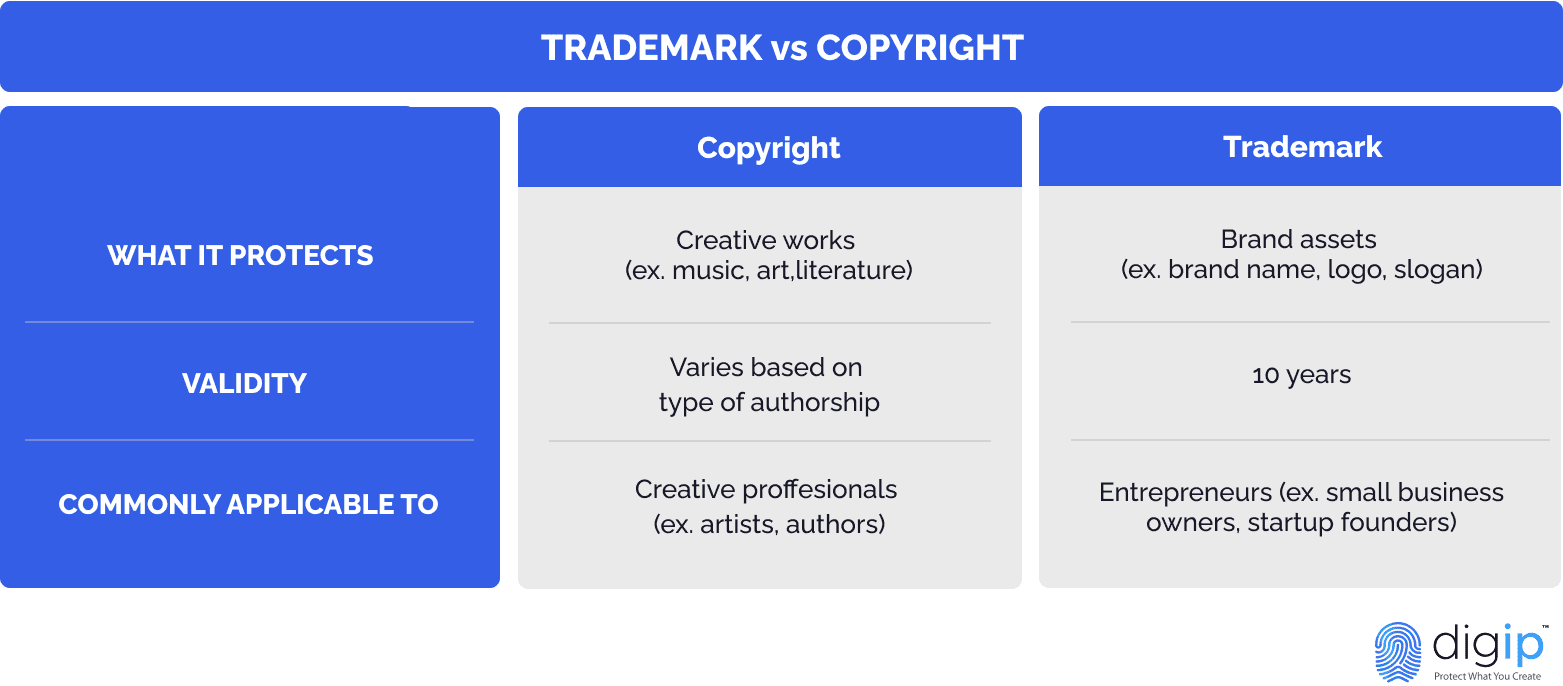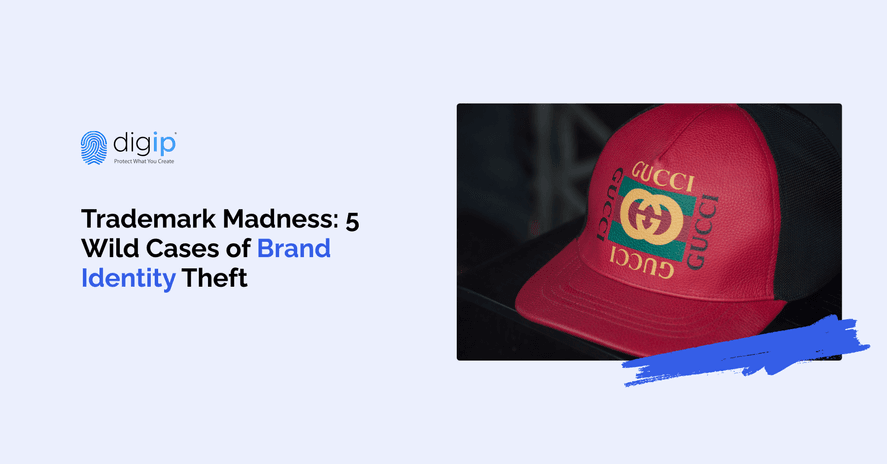
- Trademark
Trademark vs Copyright: The Ultimate Comparison
If you're looking to protect your intellectual property, you already know the importance of trademarks and copyrights. But the question of how they differ—and when each applies to a given project or brand—is one that still has plenty of room for confusion. To help you decide which you need, we’ve outlined the comparison between trademarks and copyrights, from what they protect to how they can be registered.
What is Copyright?
Copyright is a legal right that protects original works of authorship, including literary, dramatic, musical, artistic, and other intellectual works. Someone who creates these types of creative works automatically has copyright protection in them from the time they are created and fixed in tangible form.
Copyright protects the expression of an idea, but not the idea itself. For example, a playwright can copyright their script; however, it is possible for someone else to write another play with very similar plot points and character traits.
What is a Trademark?
A trademark is a word, phrase, symbol or design that identifies and distinguishes the source of a good or service.
When you register a trademark, you gain the exclusive rights to use that mark in connection with your business. As a trademark owner, you can take legal action against anyone who tries to use a similar mark for similar products or services.
The Difference Between Trademark and Copyright Protection
There are many similarities in the legal protections offered by a copyright and a trademark. Both protect your creations from being copied, but they differ in their scope. Copyright protects your tangible intellectual property, while trademarks protect intangible ones like artist names, brand names and branding assets. We’ll discuss the difference in detail below.
 Copyright protects the expression of an idea, but not the idea itself. For example, a playwright can copyright their script; however, it is possible for someone else to write another play with very similar plot points and character traits.
Copyright protects the expression of an idea, but not the idea itself. For example, a playwright can copyright their script; however, it is possible for someone else to write another play with very similar plot points and character traits.
How Copyright Protection Works
Copyright protection automatically attaches to any original work as soon as it is fixed in a tangible form that can be perceived, reproduced or communicated. This means that if you write something down or record it, you’ve essentially already secured your rights to that work. This includes control over its distribution, derivative works, moral rights like attribution, reproduction, and public performance.
Most artists or creators respect the copyright of a completed work even if it is unregistered. However, having your work formally registered with the US Copyright Office (USCO) will provide additional benefits under copyright law, including:
-
A public declaration and proof of copyright ownership
-
The exclusive right to monetize and reproduce your work
-
Ability to monetize your work by licensing to third-party creators
-
Rights to enforce copyright through litigation
-
Eligibility for damages and relevant costs of suit
-
Protection against the performance or importation of infringing works
Securing legal proof of copyright does not automatically prevent your work from being copied. You’ll have to enforce your intellectual property rights to stop infringers in their tracks.
How Long Does Copyright Protection Last?
In the United States, the term length of copyright protection varies based on a work’s authorship.
For works with sole authorship, copyrights are valid through the author’s lifetime and 70 years after their death.
If the work is a jointly authored, copyright lasts 70 years after the last surviving creator’s death.
For anonymous or pseudonymous pieces and works made for hire, copyright lasts 95 years from publication or 120 years from creation, whichever is shorter.
When a work’s copyright term expires, it enters the public domain. It will be available to perform, reproduce, and redistribute among the general public.
When to Get a Copyright
Although copyright is assumed once a work has been created, it's a good idea to apply for legal protection if you think others are likely to use your work without permission. People like artists, playwrights and authors are particularly vulnerable because their works are more likely to be copied illegally.
If you believe someone will try to profit from your work without permission, apply for copyright within 3 months from your work’s original publication. The earlier you register, the easier it will be to take legal action and recover money from an infringer.
How to Register a Copyright
Copyright applicants are encouraged to submit their applications online. Once submitted, your application becomes part of the public record and can be viewed by others upon request.
- Copyright Application – Visit the USCO website to complete your online application, upload a deposit copy of your work, and pay the required filing fee.
- Review Period – Your application will be reviewed by the copyright office. This process usually takes 3 or 4 months without delays.
- Formal Registration - When your work is registered, you will receive a certificate of registration in the mail. However, if the copyright office finds that your work can't be registered, they will send a letter explaining why the claim has been refused.
How Trademark Protection Works
Unlike copyright protection, trademark protection is not automatically awarded to business owners. Even if you have a trademark that has been in use for some time, it may be difficult to stop others from infringing on it. If you fail to register your mark, someone else will be able to register your mark and use it to market their own business, leaving you unable to use the brand you’ve worked to grow.
To receive strong legal protection from infringement, you will have to register your mark with a trademark office. The benefits of trademark registration include:
-
Exclusive right to use the trademark in the US
-
Ability to monetize your mark through licensing or sale
-
Rights to enforce your US trademark through litigation
-
Ability to use your trademark as a basis for foreign trademark filings
-
Right to prevent infringing goods from entering and being sold in the US
Trademarking your intellectual property does not automatically prevent others from copying it. You’ll have to consistently monitor how your mark is being used, and take swift action to stop infringement.
How Long Does Trademark Protection Last?
In the US, a registered trademark can last up to 10 years from the date of its initial registration. However, you will have to file maintenance documents between the 5th and 6th year after the registration date. If you do not maintain your mark, it will be canceled. You will have to apply for trademark registration again again if you'd still like to use it.
After the first 10 years have lapsed, you can continuously renew your trademark registration every 10 years. Trademark registration can be maintained indefinitely with proper maintenance.
When to Get a Trademark
Trademarks are awarded based on first use in commerce, so it's a good idea to start thinking about getting yours while your business is in its early stages. Doing this early can help protect your brand as it grows, and stop your competitors from stealing your name or brand.
How to Register a Trademark
The United States Patent and Trademark Office (USPTO). You can file your application by yourself or with the help of a professional representative.
-
Trademark Search - Before you begin the application process, run a trademark search to see if your mark conflicts with existing trademarks. The more unique your mark is, the more likely it will be approved for registration.
-
Trademark Application – Prepare and submit your trademark application along with the relevant fees and trademark specimen.
-
Review Period - Your application will be reviewed by an office examiner. Make sure to check your USPTO trademark status at least once every 6 months so you don't miss any updates on your application.
-
Publication - Your trademark will be published in the USPTO’s official bulletin. Your mark may then be reviewed and disputed by other trademark owners for 30 days.
-
Formal Registration – After your registration has been approved, you’ll receive a registration certificate in the mail.
Trademark vs Copyright: Which Should You Choose?
Ultimately, whether or not to pursue trademark or copyright protection depends on your particular business needs. If you are a solo artist or writer, copyright protection might be more appropriate. If you’re a small business owner or startup founder, trademark protection may be a better choice.
This isn’t an either/or situation. You can opt for both types of protection if that is what's appropriate for your business. When you understand the difference between the two, you can easily tell which type of protection is right for you.
Protect your brand today!
- Trademark



